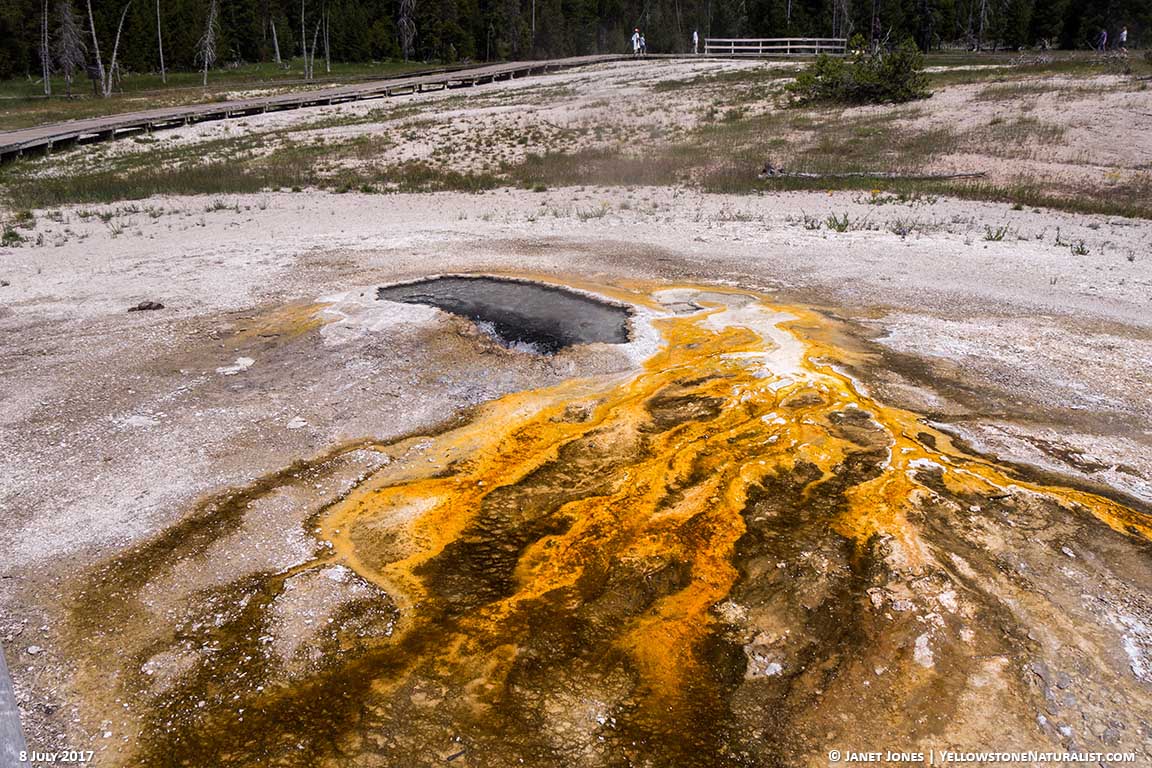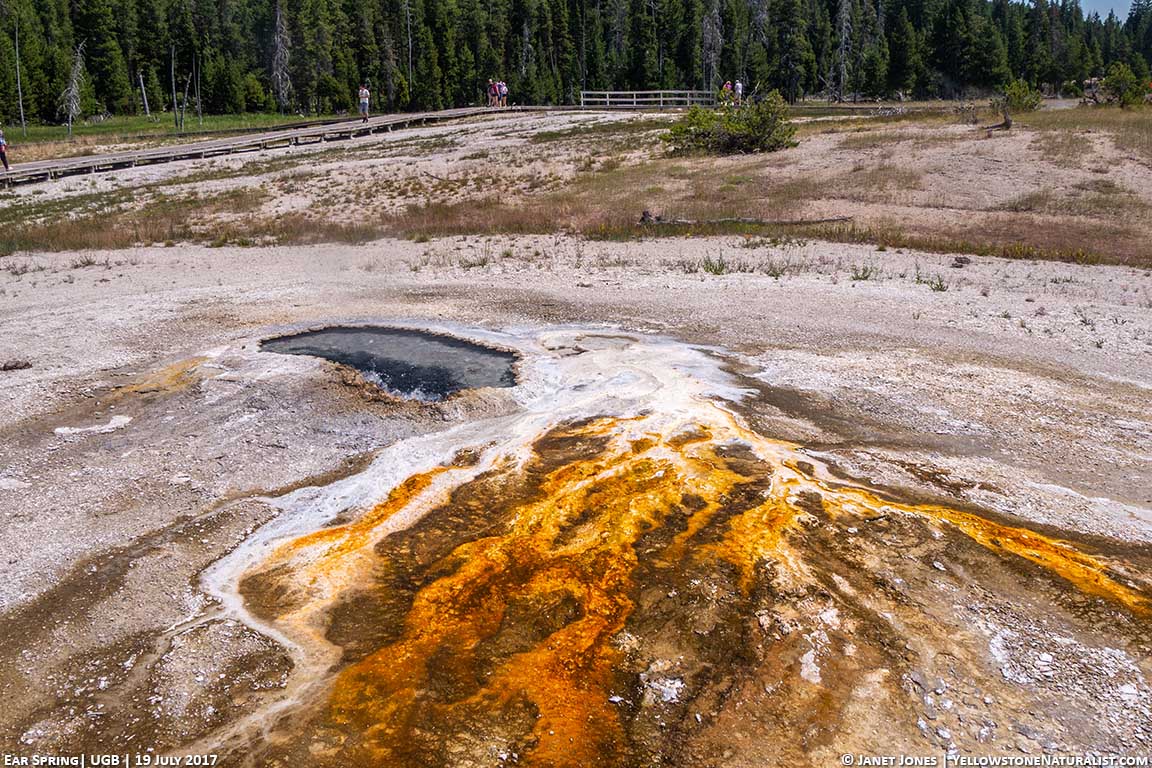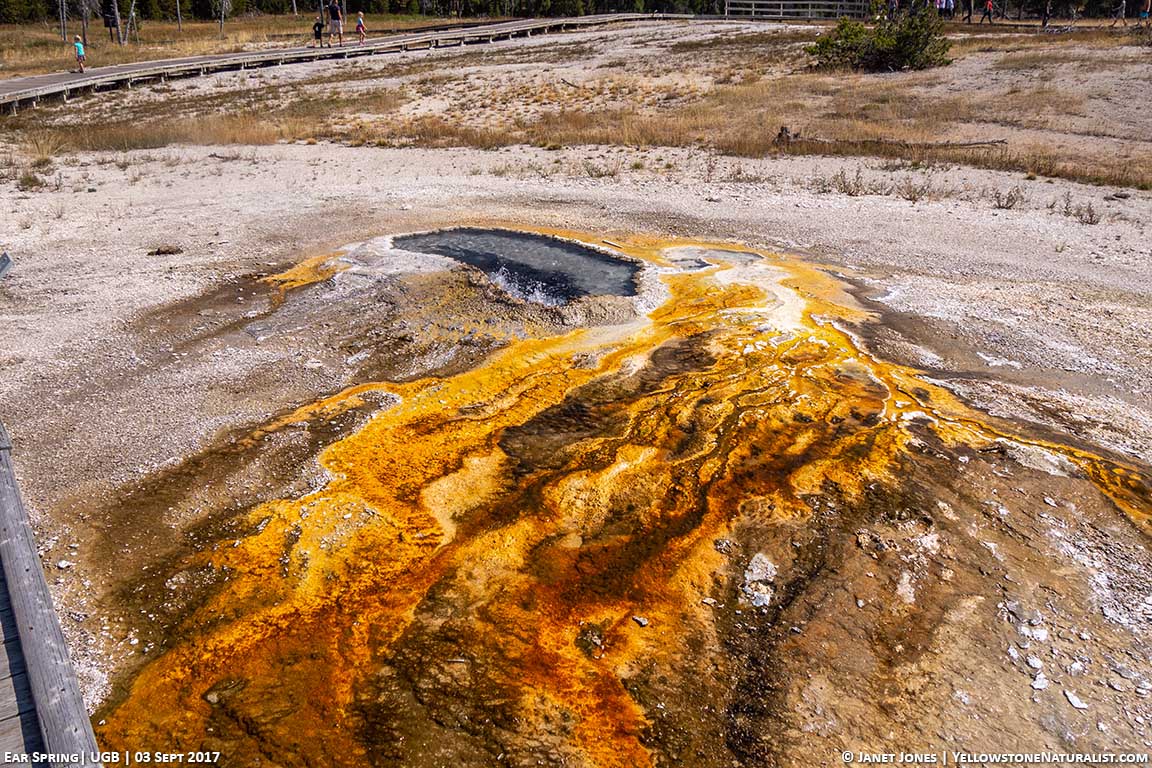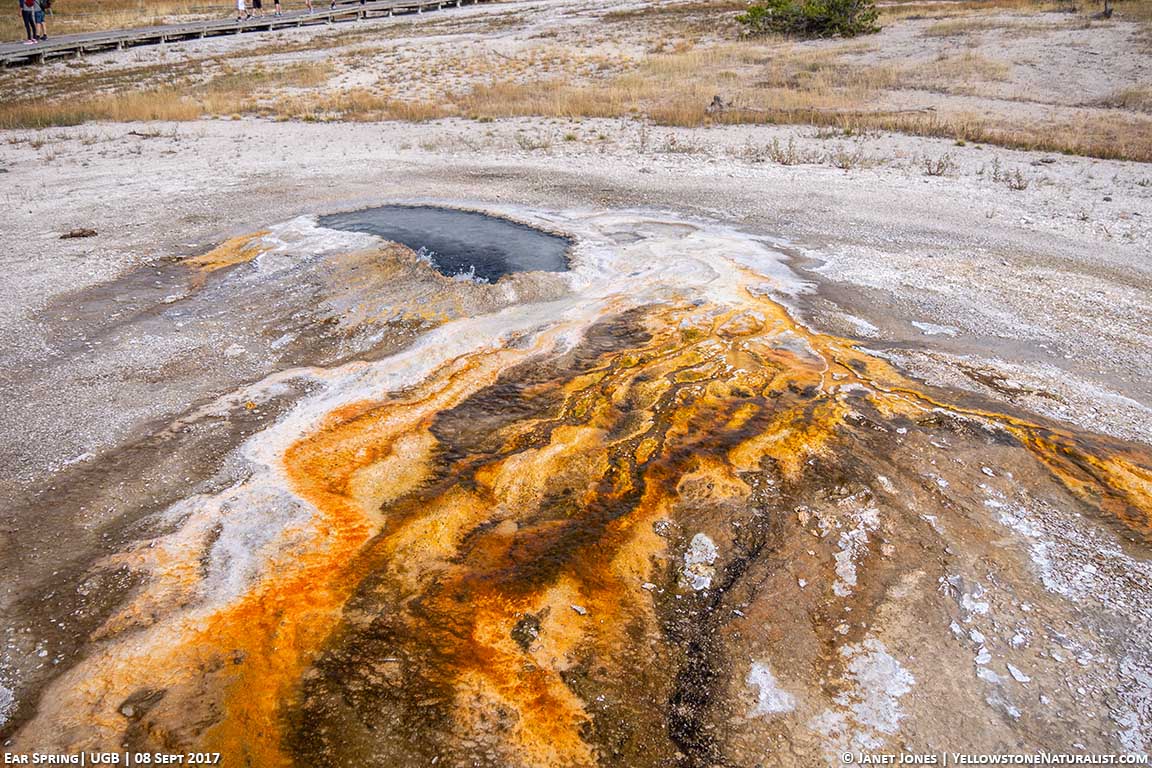Could Ear Spring be an indicator for Giantess?
We’re quickly approaching the longest day of the year and that means it’s high time to pick up the observations, photos and videos from this past year and get them into a better format. I’ve been thinking a lot about what would be most helpful with these observations. During my research, the most helpful documents are the ones that have the summaries, though many times I would also like to see the raw observations as well.
So, the first thing that jumped out at me while sifting through photos was Ear Spring. My hope here is that these posts take you through how my curiosity gets triggered and drives my observation process. Triggering curiosity is at the heart of field journaling.
EAR SPRING
Named for it’s shape that looks like a human ear, this spring has also been known as” the Devil’s Ear” – listening in from below. An eavesdropper of sorts. My grandmother chuckled and warned us to watch what we said in this area as she relayed that story to me when I was a child. It’s also been known as “Oyster Spring” – also due to the shape by early explorers (Walter Weed in this case as stated in Lee Whittlesey’s Wonderland Nomenclature).
I’ve paid more attention to Ear Spring ever since discovering this tidbit of information from George Marler (in his 1973 report) :
“During two, and possibly three eruptions of Giantess, Ear is known to have boiled up with resultant heavy overflow. The third instance alluded to occurred sometime during the winter of 1956-57. In the spring of 1957 the flanks of Ear showed there had been earlier heavy overflow. The evidence is highly suggestive of underground connections between Giantess and Ear.”
This is a small thing that just might give us insights into a larger geyser, so it makes sense to take more notes here to see if this potential connection is still seen or not (things change).
What this year’s documentation revealed:
There’s a seep on the “left” side of Ear Spring that appeared sometime between 7 May 2017 and 18 June 2017. Apparently I didn’t take photos of Ear Spring between those date. If you happen to have one, please let me know. This seep continued throughout the 2017 summer season with microbes thriving in this overflow channel.
That begs the question, did this seep exist before? Checking past photos, it does seem this seep has shown in the past – at least in 2012. So does it mean anything? If it was new, then perhaps no hypotheses could be made. But since it showed before, perhaps it indicates water levels? Just a random thought I’ll keep in the back of my mind.
The other item to note in looking through the 2017 collection of Ear Spring photos is the overflow channel. Two distinct events show here, and thanks to Udo’s comment on Geyser Times, that got me into the park to take photos on Geyser Hill. Then Clark Murray’s announcement of “Huge Giantess boils” on July 18, I was able to get back in again. There’s clearly see a difference between July 11 and July 19 photos.


Ear Spring observations in black. Giantess observations in red. Link to Giantess eruptions and notes.
7 May 2017 | No seep seen in photos
18 June 2017 | Seep with microbes
9 July 2017 | “Looks like Crested Pool…” Udo Freund
11 July 2017 | Microbes in overflow channel.
18 July 2017 | “Huge boils…” Clark Murray
19 July 2017 | Microbes killed in overflow
This killing of microbes near the overflow channel also occurred between September 3 and September 8.
3 Sept 2017 | Microbes in overflow channel. I also noticed a larger overflow channel full of microbes.
8 Sept 2017 | Microbes killed in overflow channel.


Could this killing of microbes in the overflow channel be small surges of hotter water that could be linked to Giantess, giving us – perhaps – an indicator? Dare I even hope? Maybe. Or maybe not. But with the potential of a connection and this type of observation might give an insight into the behavior of Giantess prior to an eruption.
So, I look forward to hearing from those geyser gazers who have more experience with Giantess Geyser for their thoughts on this.
UPDATE: This behavior seen in Ear Spring turned out to be a precursor to having a rare eruption in Sept 2018.